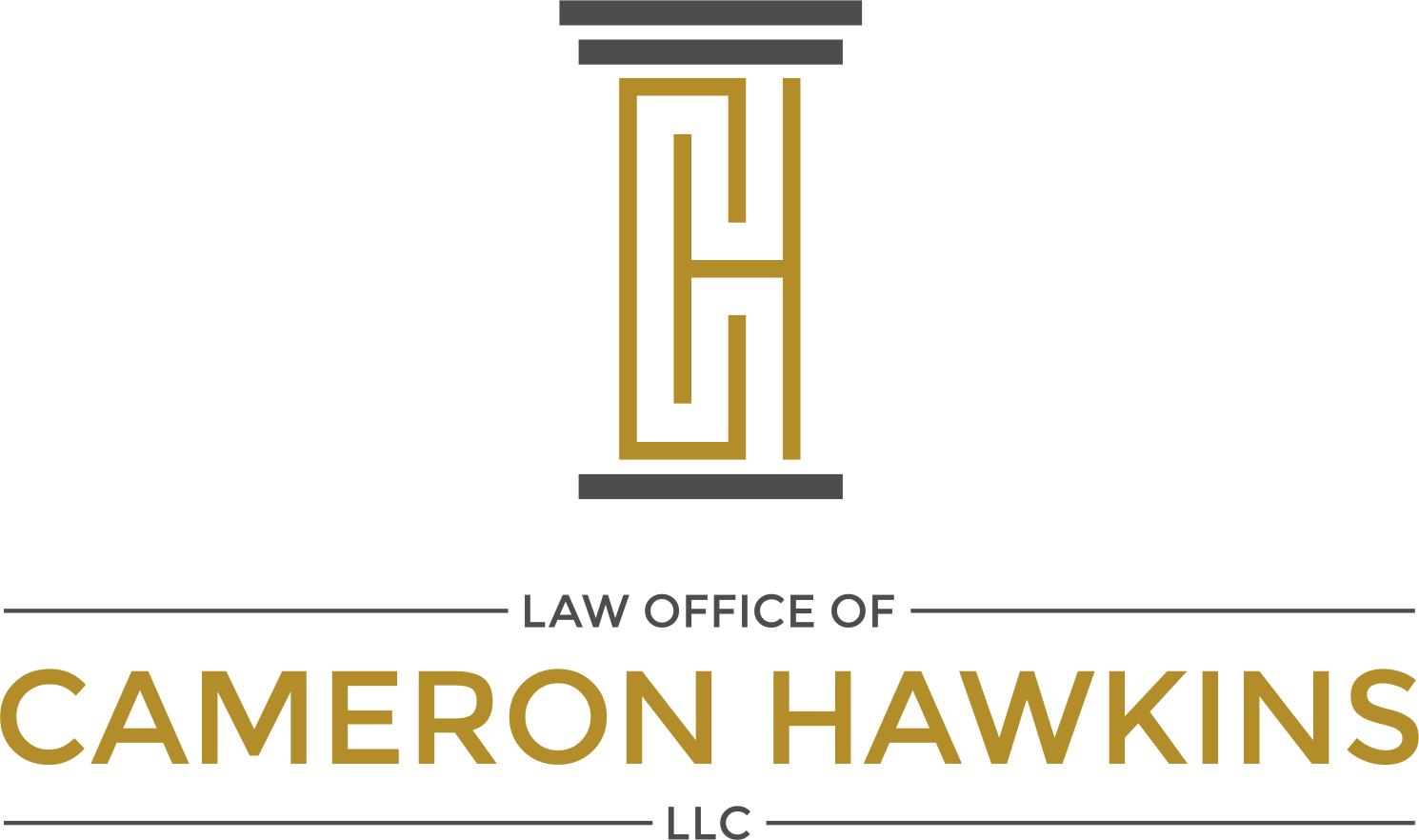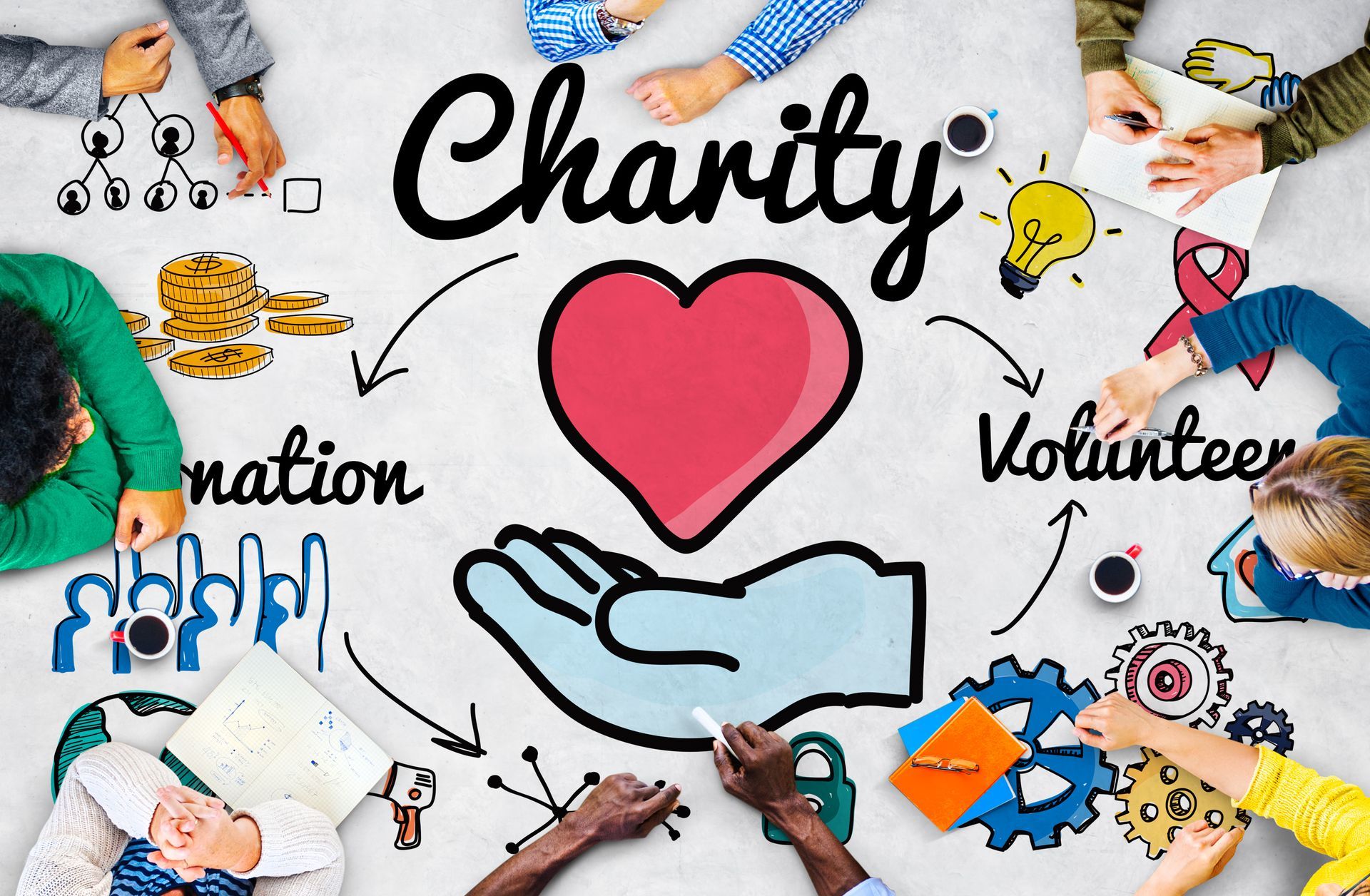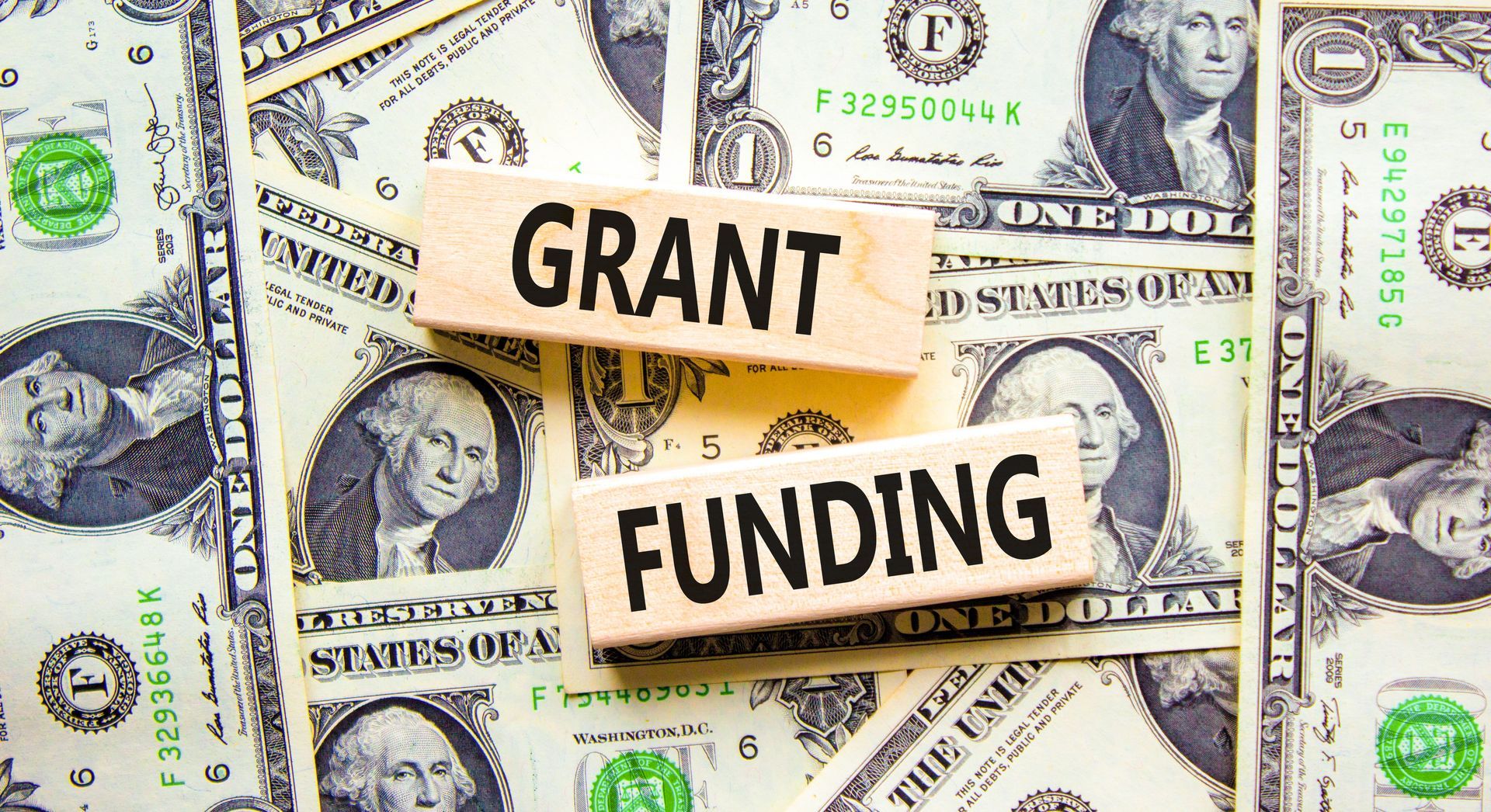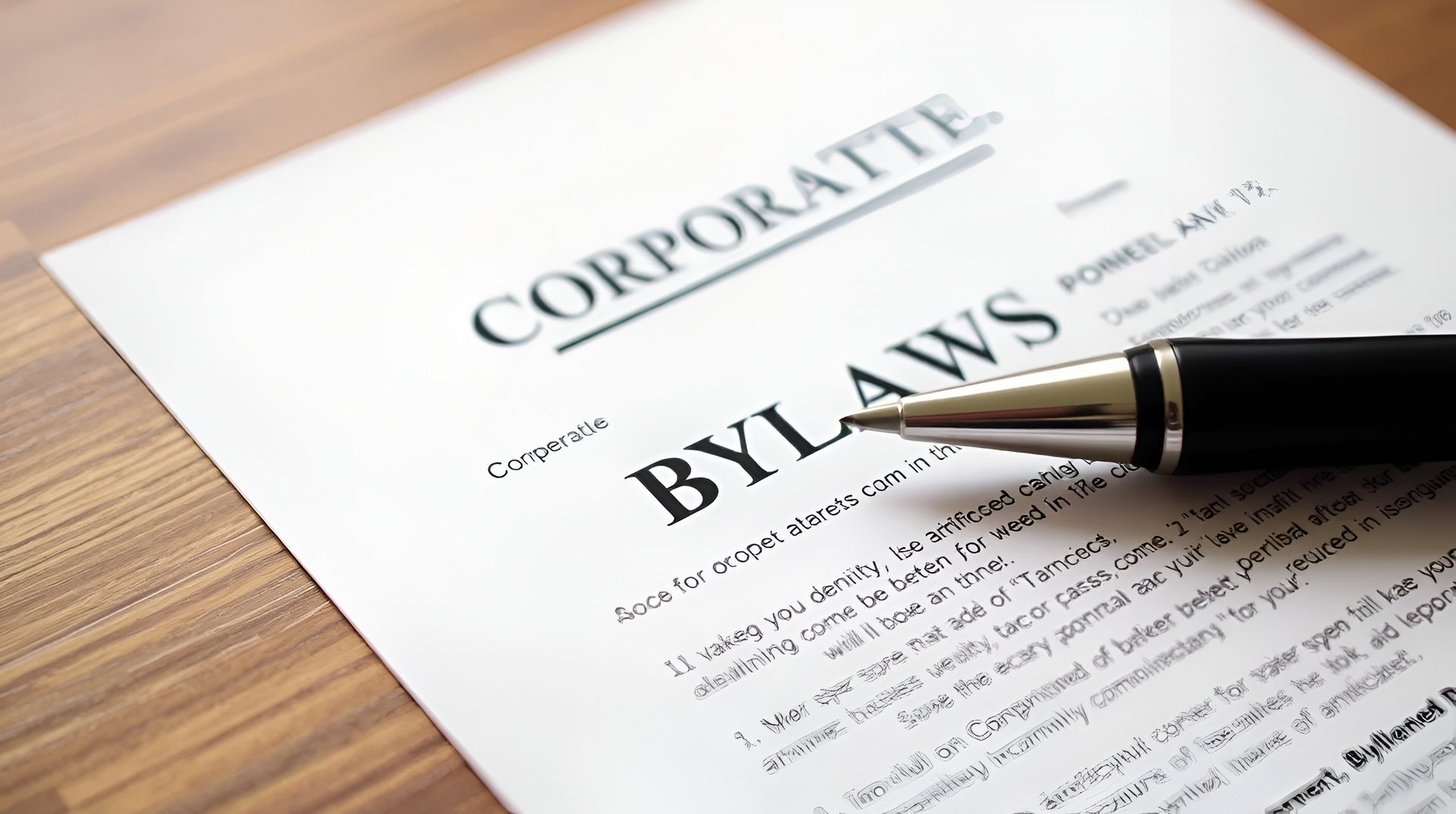Blog
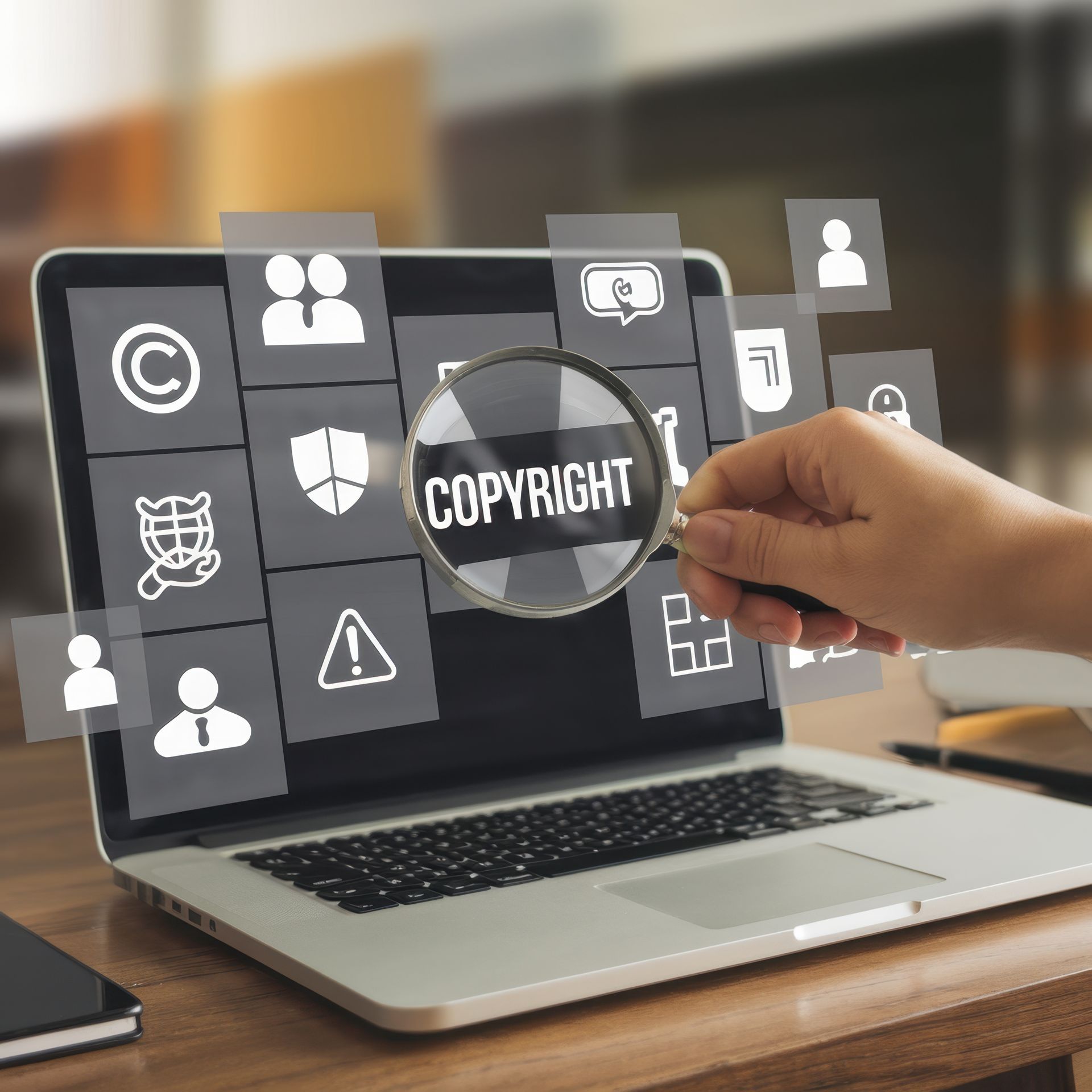
Nonprofits put significant time and resources into developing their name, logo, and overall brand identity. Your brand signals credibility, builds donor trust, and distinguishes your mission from others in a crowded space. But many organizations overlook the legal protections necessary to preserve that identity and that can lead to costly disputes, confusion among stakeholders, or even loss of control over your own messaging.
Brand protection isn’t just for large corporations. Nonprofits of every size should understand the basics of trademark law, copyright, and enforceable branding policies.
Your Name Is Not Automatically Protected
Just because your nonprofit is registered with the state and recognized as a 501(c)(3) by the IRS doesn’t mean your name is legally protected nationwide. State-level incorporation gives you the right to operate under a name in that state only. It does not give you exclusive rights to the name in other jurisdictions, nor does it prevent another organization from using a similar name elsewhere.
If your nonprofit plans to fundraise, publish, or operate outside of Georgia, or if you want to license your programs, protect donor trust, or build long-term brand equity, you should strongly consider federal trademark registration.
What a Trademark Protects
A trademark protects identifiers of your organization’s brand, including:
- Name of your organization or a specific program
- Logo, tagline, or symbol
- Slogans used consistently in branding
- Branded event names or campaigns
Registering a trademark gives your nonprofit the legal right to stop others from using confusingly similar names or logos in the same or related sector. It also strengthens your position in domain disputes and on social media platforms, where brand impersonation is increasingly common.
You can technically claim common law trademark rights by using a name or logo in commerce, but federal registration with the U.S. Patent and Trademark Office (USPTO) offers nationwide protection, puts others on notice, and gives you the right to sue in federal court if infringement occurs.
Choosing a Registrable Trademark
Not all names or logos are eligible for trademark protection. The USPTO may reject marks that are:
- Too generic or merely descriptive
- Already in use by another entity in a similar space
- Likely to confuse consumers
Before investing in branding, conduct a clearance search to check for existing registered trademarks or active applications that may conflict. Use more than just Google when conducting your research. In addition to searching the USPTO’s TESS database, you may want to consult with an attorney to fully assess any risks.
Also, avoid names that are too similar to those of well-known nonprofits, even if they are in a different state or sector. Brand confusion can undermine trust and create liability.
Logo and Content: What Copyright Covers
While trademarks protect your name and identity in the marketplace, copyright protects original works of authorship, such as your:
- Logo design
- Website content
- Brochures and reports
- Training materials
- Photos, videos, and podcasts
Copyright exists automatically when a work is created and fixed in a tangible medium. However, for enforcement purposes, registering your work with the U.S. Copyright Office adds value. A registered copyright gives you the ability to sue for statutory damages and attorney’s fees if someone misuses or republishes your content without permission.
For nonprofits that produce large volumes of media or educational materials, a periodic copyright registration process (e.g., quarterly) is a smart administrative practice.
Protecting Your Brand Internally and Externally
Legal registration is only part of brand protection. You should also implement policies and procedures to monitor, enforce and control how your brand is used.
Internally:
- Maintain clear brand guidelines for logo usage and messaging
- Train staff and volunteers on proper use of your name and content
- Include IP clauses in employment and independent contractor agreements
- Secure rights and licenses for creative work produced on your behalf
Externally:
- License third-party use of your brand carefully, especially with chapters or affiliates
- Monitor for unauthorized use on websites, social media, and marketing materials
- Address potential infringement promptly and strategically
If you are allowing partners to use your name or logo, require signed agreements that define usage limits, quality standards, and revocation rights. This is especially important if you operate a fiscal sponsorship program, grant use of your brand for events, or have a multi-chapter model.
Common IP Missteps to Avoid
- Delaying trademark filings until another organization adopts a similar name
- Assuming state registration or 501(c)(3) status gives national protection
- Using unpaid interns or freelancers for design work without signed IP agreements
- Ignoring brand usage by partners or affiliates until reputational harm has already occurred
- Failing to budget for legal fees when expanding branding or launching new initiatives
Waiting until an issue arises can result in expensive rebranding, legal disputes, or donor confusion. Proactive legal protection is far less costly in the long run.
Launching a New Nonprofit? Protect Your Mission and Message
Your nonprofit’s brand is one of its most valuable assets. It reflects your integrity, builds public trust, and helps ensure your message reaches the right audience. Without legal protections, you risk losing control of that narrative.
Contact our nonprofit general counsel team online today to schedule a consultation or give us a call at (678) 921-4225 and learn more about safeguarding your name, logo, and legacy.
